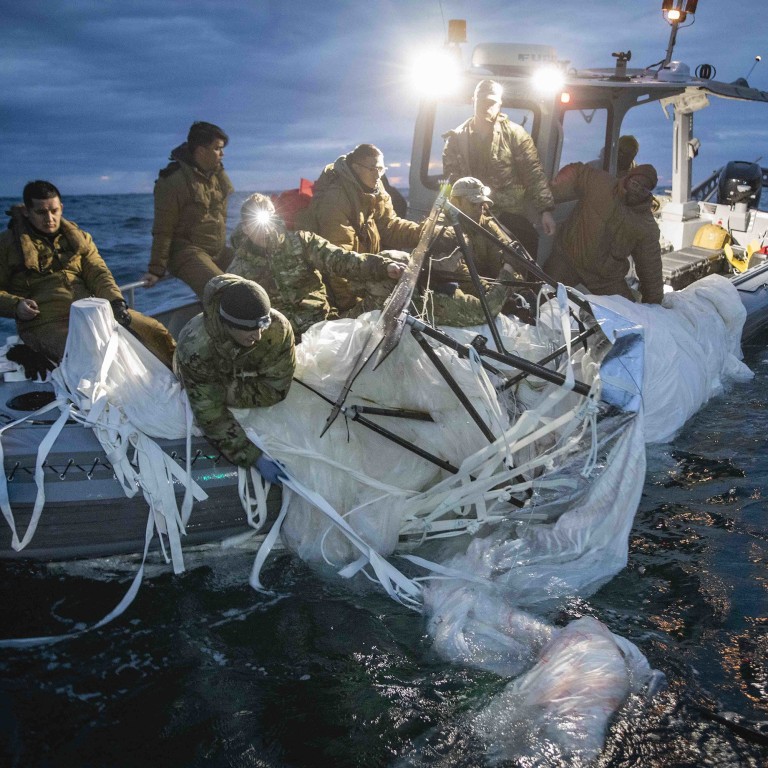
Chinese scientists detect ‘spy balloon’ as small as F-35 stealth fighter on radar
- Despite the US military struggling to detect a balloon in its airspace, Chinese scientists have a simple method using common weather radar.
According to recently declassified official information, the Chinese military conducted a field test of this unprecedented air-floating balloon detection technology in Wayao village, Neijiang, in the southwest province of Sichuan in January 2022.
The radar cross-section (RCS) of the balloon used in the test was only 16 square centimetres (2.48 square inches) . In comparison, the RCS of the F-35 stealth fighter is generally considered to be 15 square centimetres.
These balloons have a very low speed and are therefore more difficult to detect than aeroplanes. Under complex terrain and electromagnetic interference in the open environment, traditional radar detection methods cannot distinguish them from background noise.
“It is of great significance and increasingly urgent to detect and warn air-floating balloons in a timely and efficient manner,” Yin and his colleagues said.
Many Americans saw this giant balloon. Some even thought it was a UFO and shared videos on social media.
But the powerful air defence system of the US military did not detect it. Under intense public pressure, the military used fighter jets to track the balloon, which flew over a large part of the country.

The White House said they would take measures to monitor these balloons in the future, but defence suppliers said this would require a large-scale hardware upgrade to the existing radar system.
“We don’t, as a country, have persistent sensors that can detect low profiles and low heat signatures on our borders,” Riki M. Ellison, chairman and founder of the Missile Defence Advocacy Alliance, told Time magazine in February last year.
“It’s about spending money the right way … the American public has to be protected,” he said.
However, Yin’s team have said this is not necessary. They only used a common weather radar in their test and did not make any hardware modifications.
The Chinese scientists say that existing civilian radar is already very powerful and it can even map the outline of a floating cloud. It only requires upgrading the signal processing software to detect various types of balloons.
In the paper, the PLA team disclosed a unique algorithm they developed that could accurately detect the spatial disturbance of the electric field caused by the balloon and identify and locate it based on other physical parameters.
The difficulty of this technology lies in how to extract the balloon’s signal from background noise such as ground clutter and radio frequency interference. Researchers provided detailed methods for eliminating noise and reducing false alarm rates in the paper.
This technology even eliminates the need to change the radar’s operating mode. It is “easy to implement, does not require prior knowledge about clutter, does not require the accumulation of multi-frame data and does not require staring at the target,” Yin and his colleagues wrote.
“Software upgrades can achieve the detection of air-floating balloons, giving weather radars new functions without changing the radar hardware configuration and without increasing hardware costs,” Yin’s team added.


